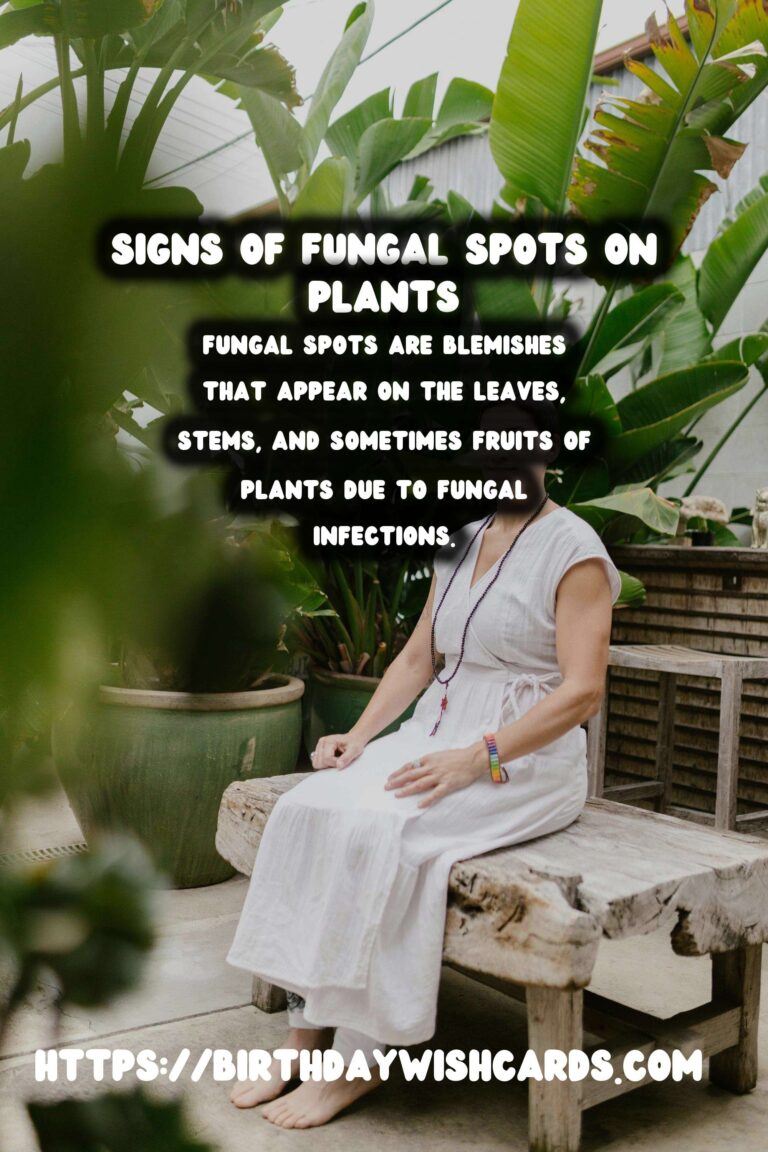
Plant diseases can significantly affect the health and productivity of plants, and among the most common issues are fungal spots. These spots are caused by various fungal pathogens that infect plant tissues. Understanding the signs, causes, and preventive measures is crucial for gardeners and farmers to manage these diseases effectively.
What Are Fungal Spots?
Fungal spots are blemishes that appear on the leaves, stems, and sometimes fruits of plants. They are the result of fungal infections that penetrate plant tissues, disrupting their normal functions. These spots can vary in color, size, and shape, often leading to reduced photosynthesis, stunted growth, and in severe cases, plant death.
Causes of Fungal Spots
Fungal spots are primarily caused by a variety of fungal species. These fungi thrive in environments that are warm, humid, and wet. Spores are spread through water splashes, wind, insects, and human activities. Once they land on a suitable host, they germinate and infect the plant, leading to the development of spots.
Some common fungi responsible for leaf spots include Alternaria, Septoria, and Colletotrichum. Each of these fungi has specific environmental conditions that favor their growth, but they generally require moisture and warmth to thrive.
Symptoms of Fungal Spots
The most visible symptom of fungal spots is the appearance of discolored areas on the leaves. These spots can be brown, black, yellow, or even red. Over time, they may coalesce, causing larger necrotic patches. Infected leaves may also curl, wilt, or fall off prematurely.
In addition to leaf spots, other symptoms can include stem lesions, fruit rot, and in some cases, the formation of fungal fruiting bodies on the plant surface. These symptoms can help diagnose the specific type of fungal infection.
Managing and Preventing Fungal Spots
Effective management of fungal spots involves a combination of cultural, chemical, and biological methods. Here are some strategies:
Cultural Practices
Ensure proper plant spacing to promote air circulation and reduce humidity around plants. Water plants at the base rather than overhead to minimize leaf wetness. Remove and destroy infected plant materials to prevent the spread of fungi.
Chemical Control
Fungicides can be used to protect plants from fungal infections. It is essential to apply fungicides early in the season before symptoms appear and to follow the recommended application intervals for effective control.
Biological Control
Utilize beneficial microorganisms that suppress pathogenic fungi through competition or antagonism. Products containing Bacillus subtilis or Trichoderma species are examples of biological controls that can help manage fungal diseases.
Conclusion
Fungal spots are a common challenge in plant cultivation, but understanding their causes and implementing effective management strategies can significantly reduce their impact. By maintaining proper cultural practices, using chemical and biological controls judiciously, and monitoring plants regularly, gardeners can protect their plants from these damaging diseases.
Fungal spots are blemishes that appear on the leaves, stems, and sometimes fruits of plants due to fungal infections. These fungi thrive in environments that are warm, humid, and wet. Effective management of fungal spots involves a combination of cultural, chemical, and biological methods. Fungicides can be used to protect plants from fungal infections. Utilize beneficial microorganisms that suppress pathogenic fungi for biological control. 
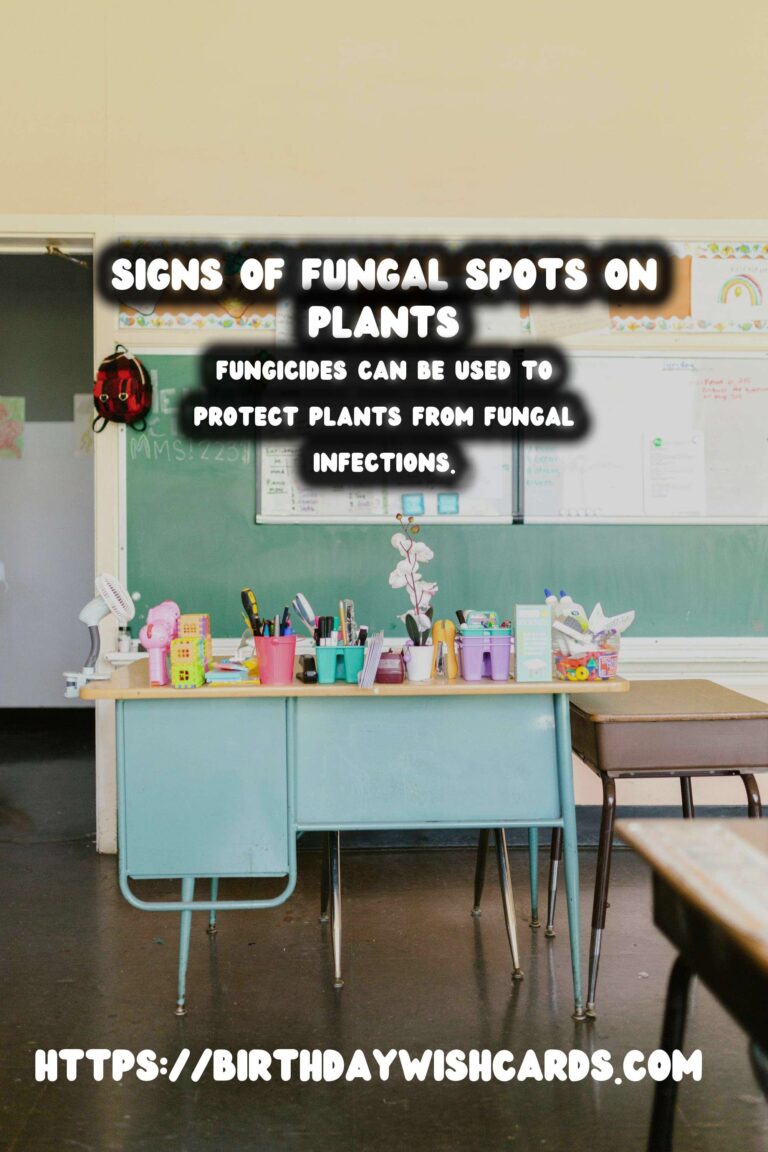
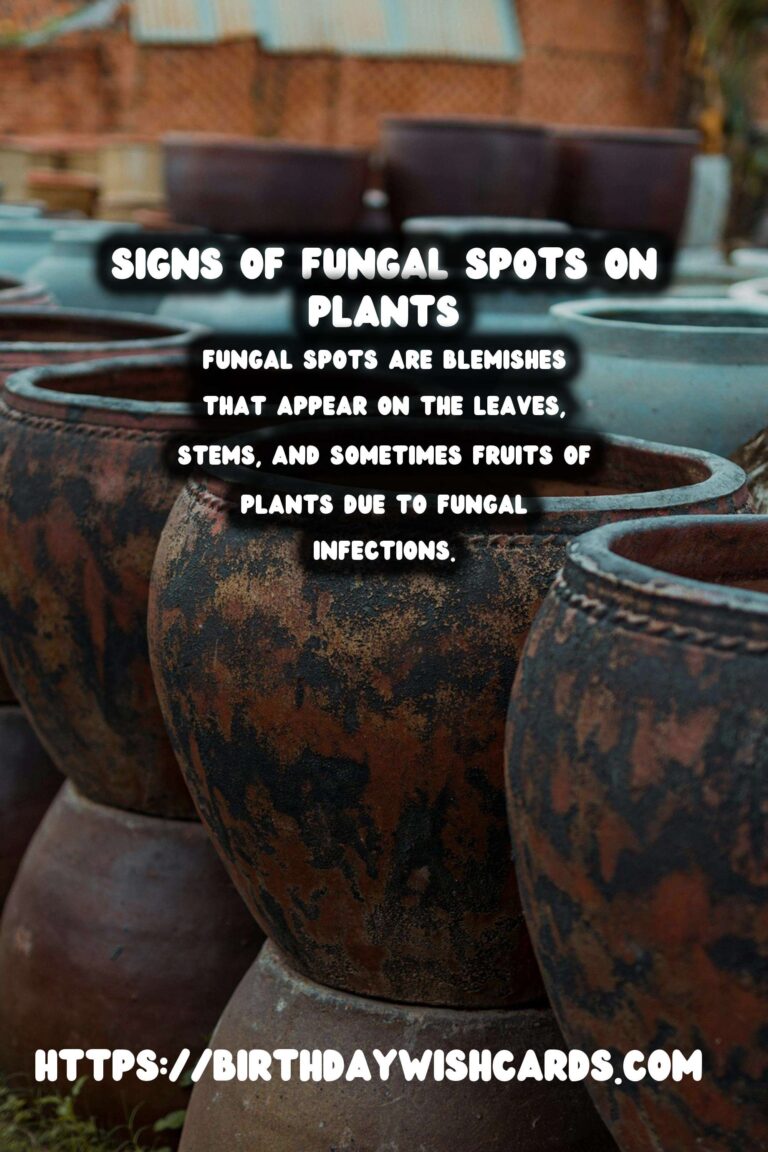
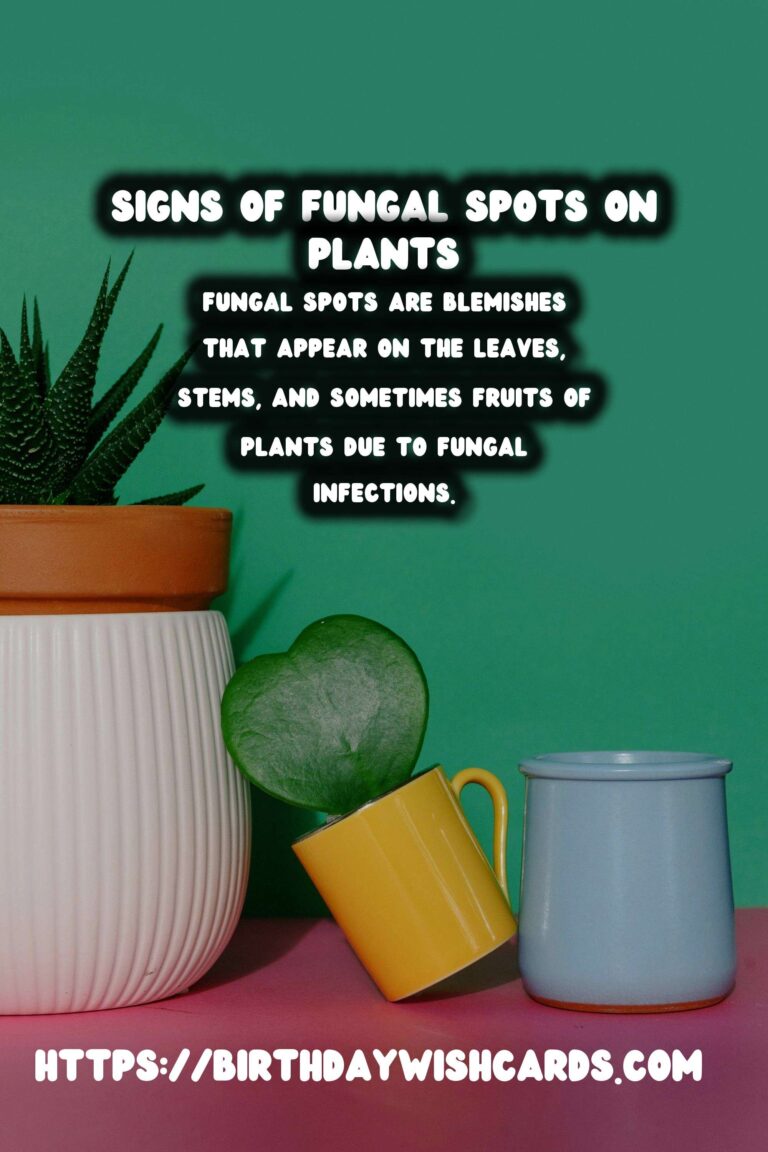
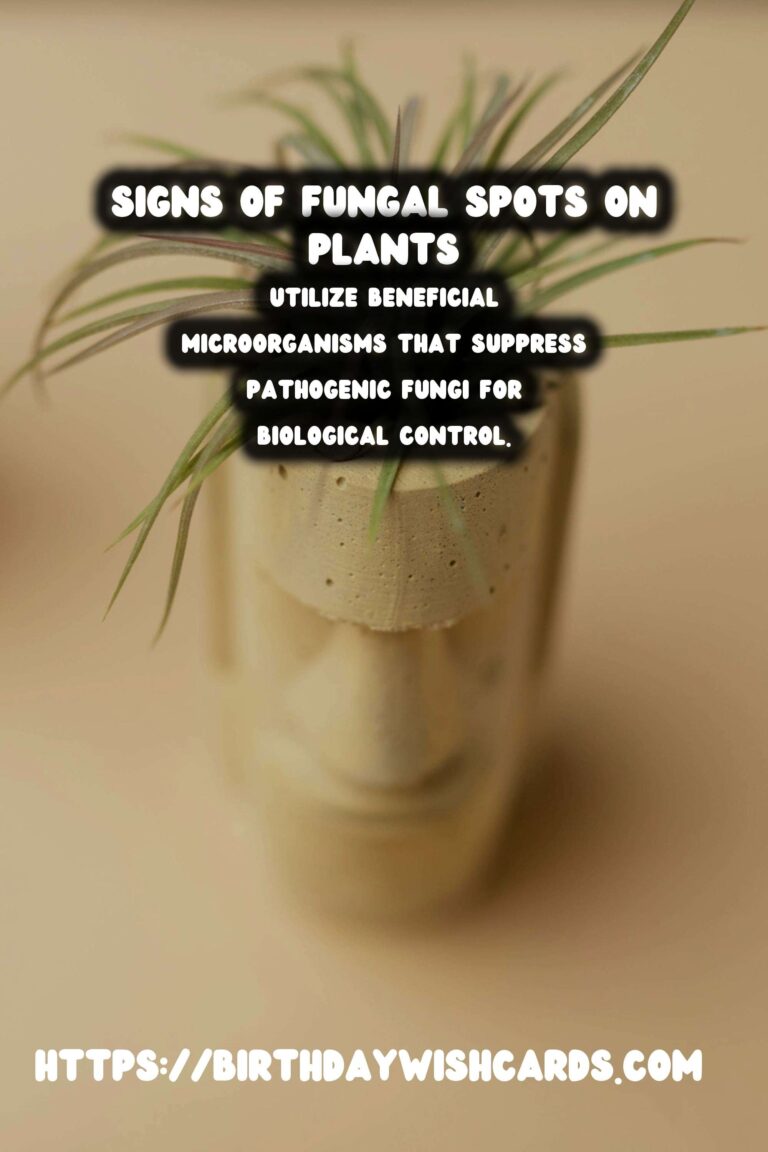
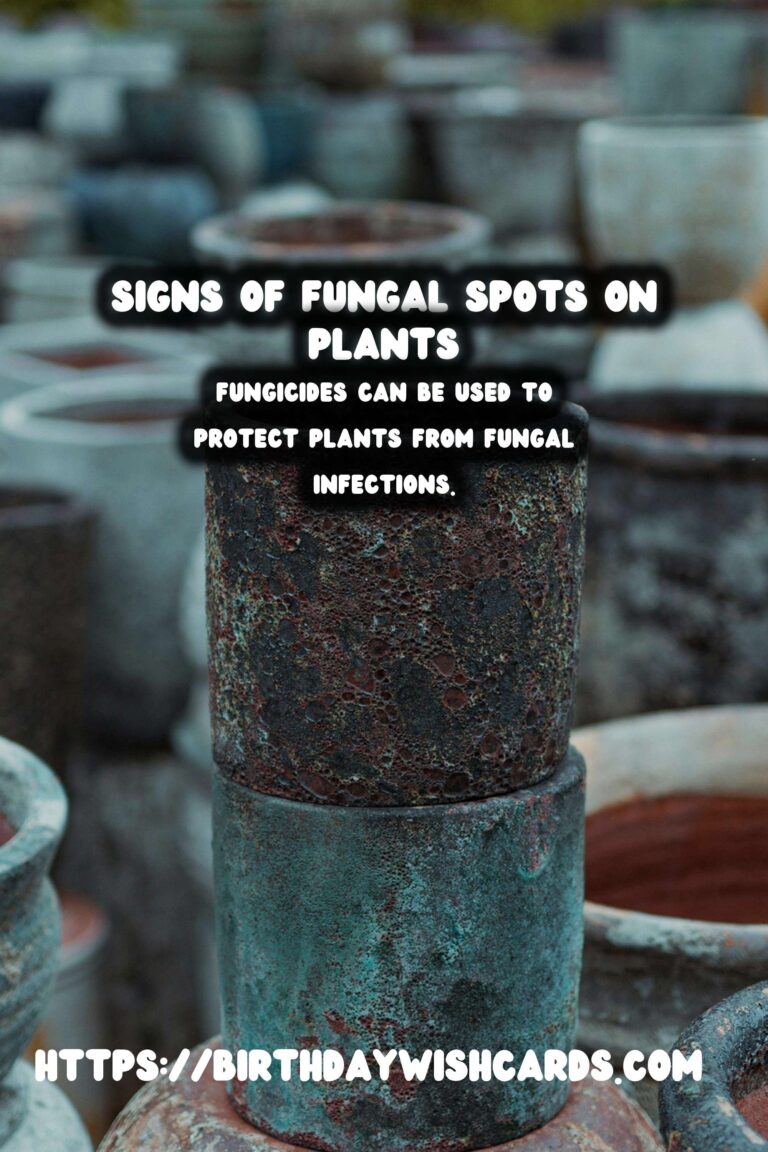
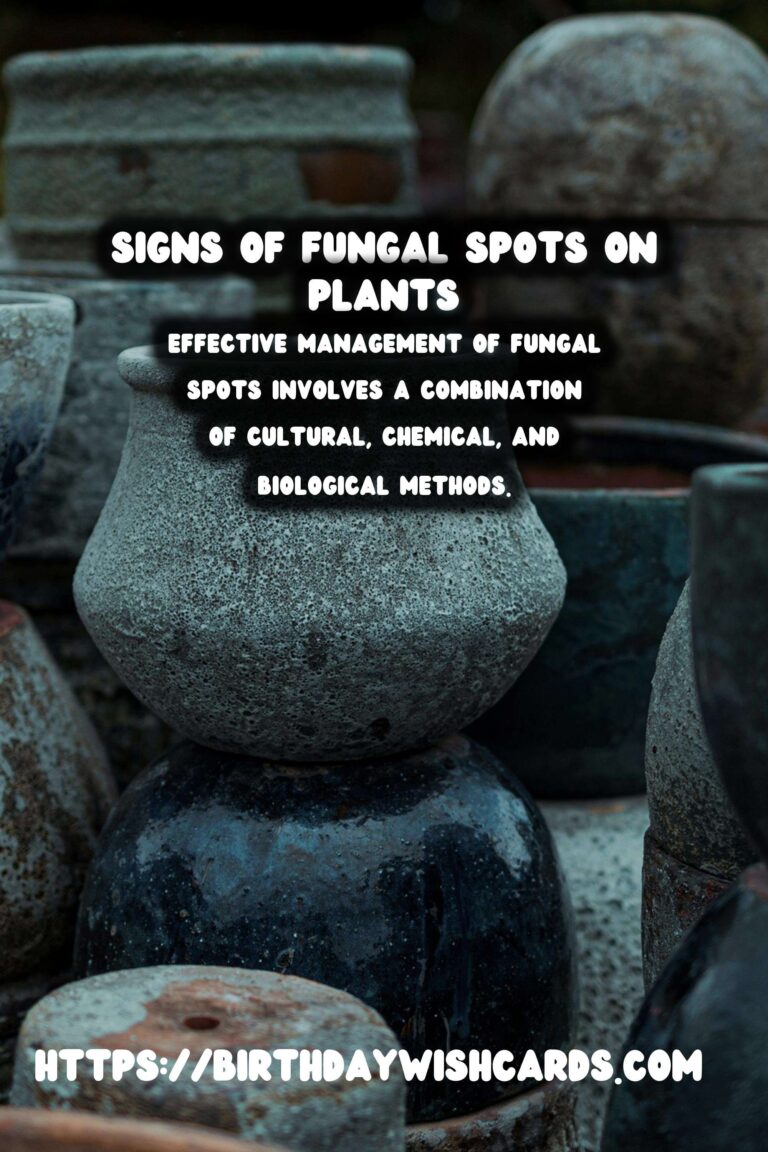
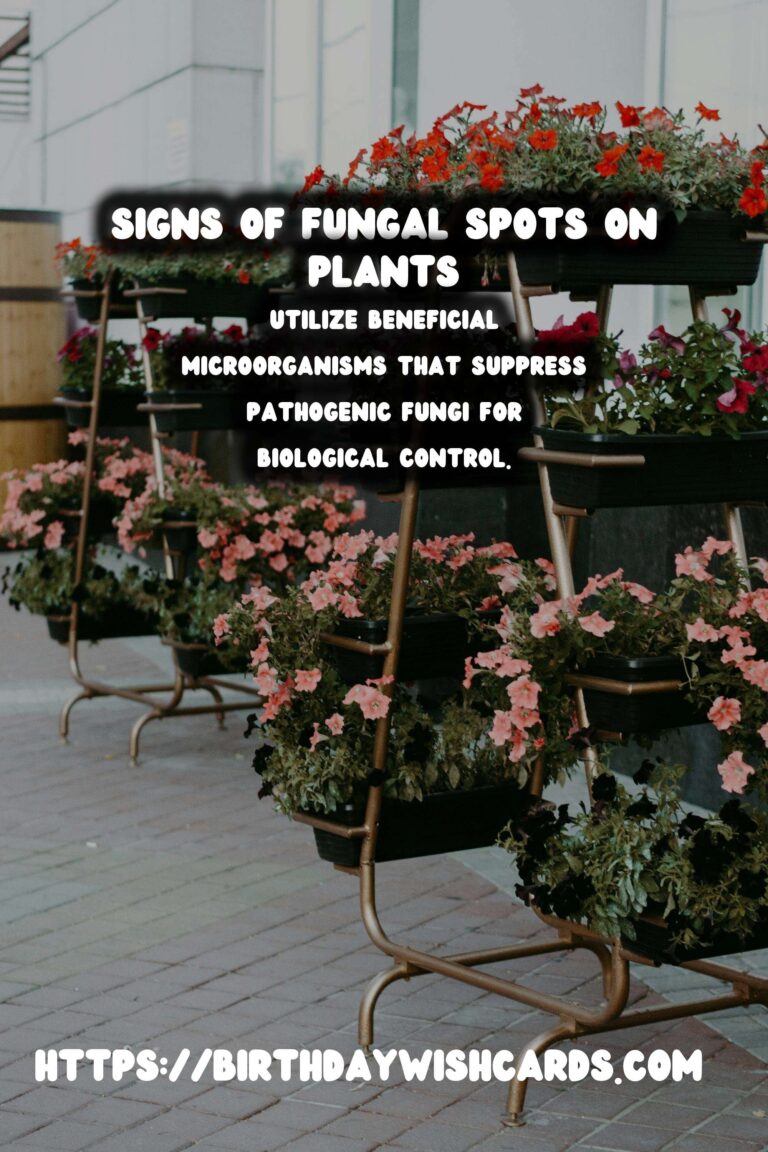
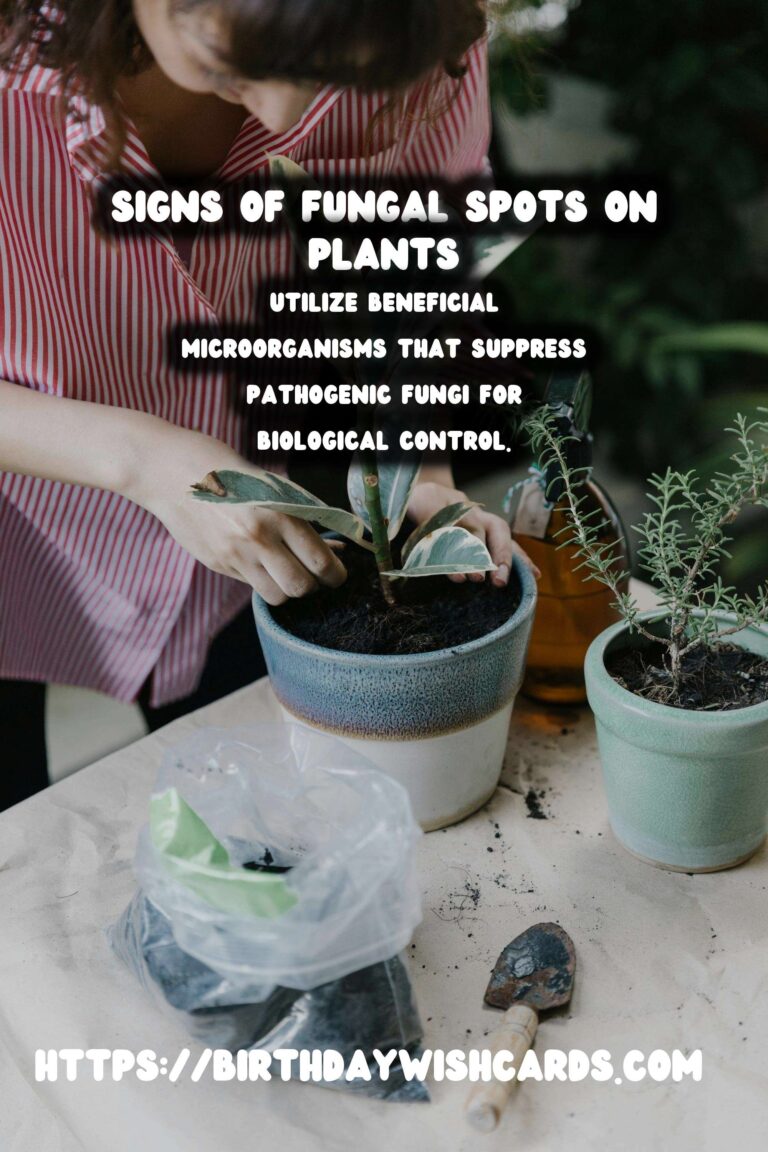

#PlantDiseases #FungalSpots #Gardening #PlantHealth #Fungi




